Egypt holds a unique and significant place in the Islamic world. The country’s rich history, profound religious significance, and cultural contributions have established it as a pillar of Islam. From the early days of Islamic civilization to its pivotal role in shaping Islamic thought and art, Egypt’s influence permeates through the annals of Islamic history.
Why Should Muslims Visit Egypt?
We have already talked about Halal Destinations in detail and Egypt continues to be our favourite for many reasons including:
- It’s A Cradle of Islamic Civilization
Egypt is considered one of the cradles of Islamic civilization, as it was the first North African region to be conquered by the Muslim armies in the 7th century. The arrival of Islam brought with it a wave of intellectual and cultural prosperity, transforming the region into a center of knowledge and learning. The establishment of the world-renowned Al-Azhar University in Cairo, founded in 970 CE, further solidified Egypt’s status as an intellectual hub and continues to be one of the oldest and most prestigious Islamic institutions of higher learning.
- The Story of Prophet Moses
Egypt is intrinsically linked to one of the most important prophets in Islam, Prophet Moses (Musa in Arabic). The Qur’an recounts the story of Prophet Moses extensively, highlighting his encounter with the Pharaoh and the liberation of the Israelites from slavery in Egypt. This narrative holds immense spiritual significance for Muslims and is commemorated annually during the festival of Ashura. The tale of Prophet Moses further solidifies the place of Egypt in Islamic tradition.
- Islamic Art and Calligraphy
Egypt has played a crucial role in the development of Islamic art and calligraphy. The elegant Arabic script, widely used in Islamic art and religious manuscripts, reached its zenith in Egypt. The city of Cairo became a thriving center for calligraphy, attracting talented artisans from across the Islamic world. Egypt’s mosques, palaces, and museums exhibit intricate calligraphic inscriptions and ornate geometric designs, showcasing the country’s contribution to the Islamic artistic legacy.
- Islamic Heritage Sites
Egypt is home to numerous Islamic heritage sites that draw millions of pilgrims and tourists each year. The most iconic among them is the Al-Azhar Mosque, the heart of Sunni Islamic learning, which stands as a testament to Egypt’s historical and spiritual importance within Islam. The Mosque of Ibn Tulun, built in the 9th century, is another architectural marvel that showcases the exquisite craftsmanship of the Islamic era. Additionally, Egypt houses the Mosque of Muhammad Ali in Cairo, a stunning Ottoman-era mosque that boasts breathtaking views of the city.
Now, let’s take a look at some worth-visiting Islamic sites in the country:
1. Mosque of Muhammad Ali:
The Mosque of Muhammad Ali, also known as the Alabaster Mosque, is an iconic Ottoman-era mosque located in the Citadel of Cairo. Its distinctive domes and minarets dominate the Cairo skyline. Built between 1830 and 1848, it was commissioned by Muhammad Ali Pasha and is dedicated to him. The mosque showcases exquisite Ottoman architecture and offers stunning panoramic views of Cairo.

2. Saladin Citadel:
The Saladin Citadel, situated on a hill in Cairo, is a historic fortress that dates back to the 12th century. It was constructed by Salah ad-Din (Saladin), the renowned Muslim military leader who led the defense against the Crusaders. The citadel houses several notable structures, including the Mosque of Muhammad Ali, as well as museums and military installations.

3. Mosque of Ibn Tulun:
The Mosque of Ibn Tulun, located in the Sayyida Zeinab neighborhood of Cairo, is one of the oldest and largest mosques in Egypt. It was constructed in the 9th century under the patronage of Ahmad ibn Tulun, the founder of the Tulunid dynasty. The mosque showcases unique architectural features, such as its spiral minaret and vast courtyard, making it a significant example of Islamic architecture.

4. Qalawun Complex:
The Qalawun Complex, named after Sultan al-Mansur Qalawun, is a historic architectural ensemble in Cairo. Constructed in the 13th century, the complex includes a mosque, a madrasa (religious school), and a mausoleum. It is renowned for its intricate designs and elaborate decorations, representing the artistic and cultural heritage of the Mamluk era.

5. City Of The Dead Cairo Egypt:
The City of the Dead, also known as Cairo Necropolis or Al-Qarafa, is an expansive historical cemetery located in Cairo. It holds immense cultural and historical significance, as it is not only a burial ground but also a residential area where people live among the tombs of their ancestors. The City of the Dead showcases a unique blend of architecture and community life, providing insight into the traditions and customs of the people of Cairo.
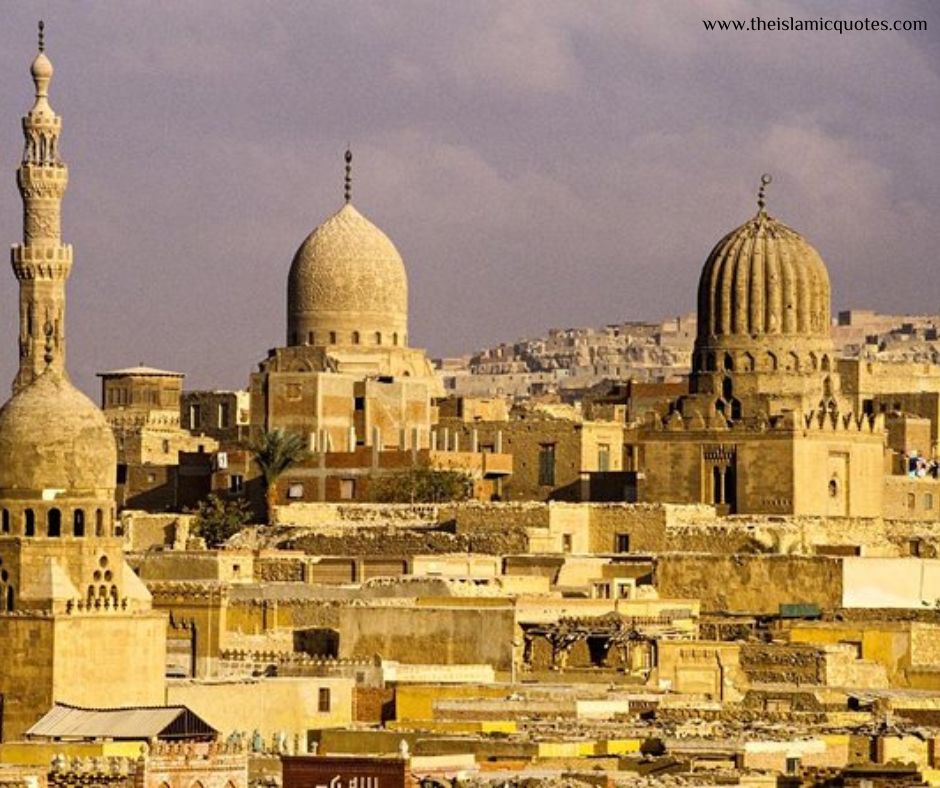
6. Khan el-Khalili:
Khan el-Khalili is a bustling traditional market in Islamic Cairo, known for its vibrant atmosphere and diverse array of shops and stalls. It has been a trading hub for centuries, offering a wide range of goods, including jewelry, spices, textiles, and traditional crafts. Exploring Khan el-Khalili allows visitors to experience the rich cultural heritage and vibrant commercial spirit of Cairo.

7. Prince Mohamed Ali Palace (Al Manial Palace):
The Prince Mohamed Ali Palace, also known as Al Manial Palace, is a stunning historic palace located on Rhoda Island in Cairo. Built in the early 20th century, it served as the residence of Prince Mohamed Ali, a member of the Egyptian royal family. The palace exhibits a fusion of architectural styles, blending Ottoman, Moorish, Persian, and European influences, and houses a vast collection of art, artifacts, and historical treasures.
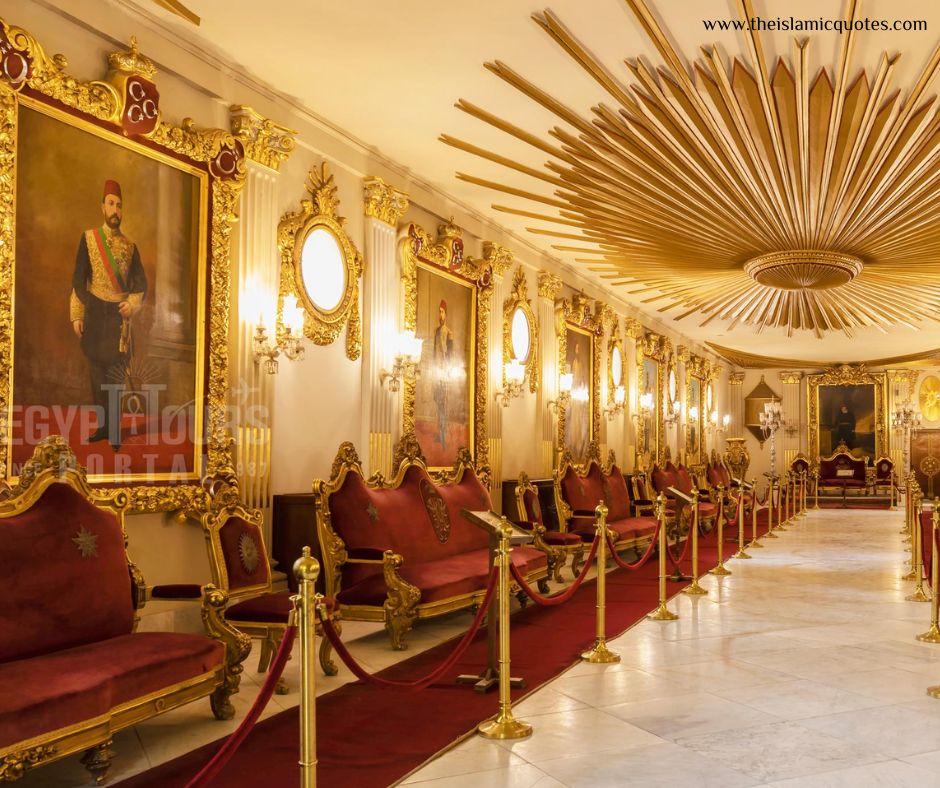
8. Citadel of Qaitbay:
The Citadel of Qaitbay, situated on the Mediterranean coast of Alexandria, is a medieval fortress built in the 15th century. It was constructed by Sultan Qaitbay to protect the city from maritime invasions. The citadel offers panoramic views of the sea and houses several structures, including mosques, halls, and a lighthouse. Its historical significance and architectural grandeur make it a popular attraction in Alexandria.
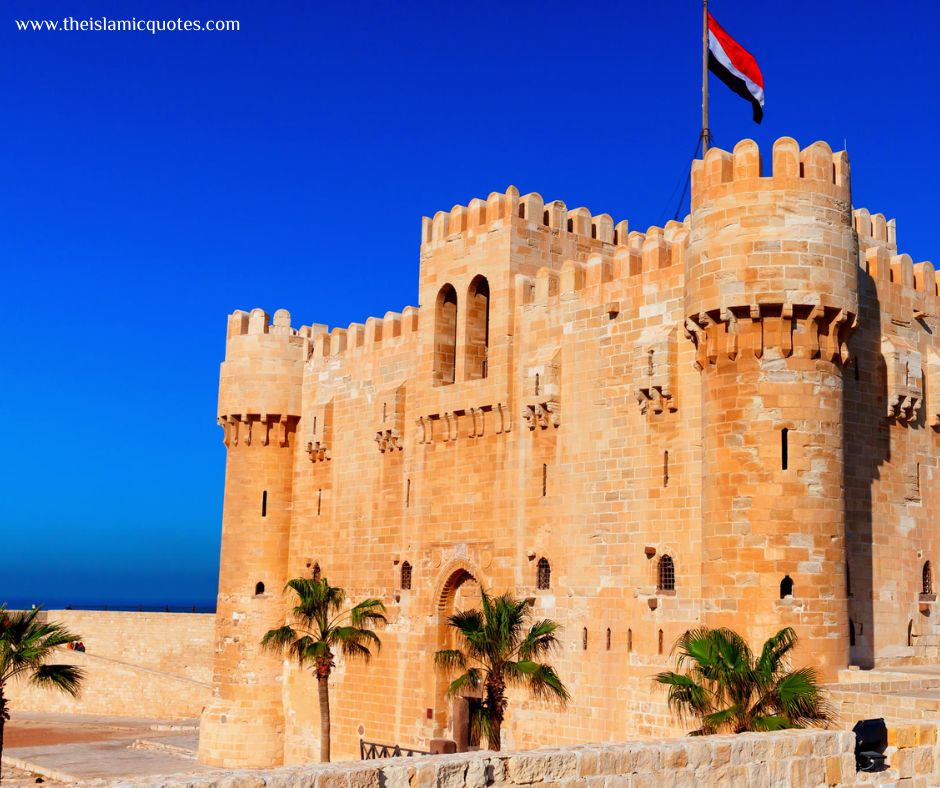
9. Aqsunqur Mosque:
The Aqsunqur Mosque, located in the Bayn al-Qasrayn area of Cairo, is an architectural gem from the Mamluk era. Built in the 14th century, it showcases intricate geometric patterns, decorative motifs, and beautiful minarets. The mosque is known for its unique mihrab (prayer niche) and stands as a testament to the skilled craftsmanship of the Mamluk period.

10. Islamic Art Museum:
The Islamic Museum in Cairo is a treasure trove of Islamic art and artifacts. Located in the historic neighborhood of Bab Al-Khalq, the museum houses an extensive collection of Islamic textiles, ceramics, metalwork, calligraphy, and manuscripts. It offers visitors a glimpse into the artistic, cultural, and historical aspects of Islamic civilization.
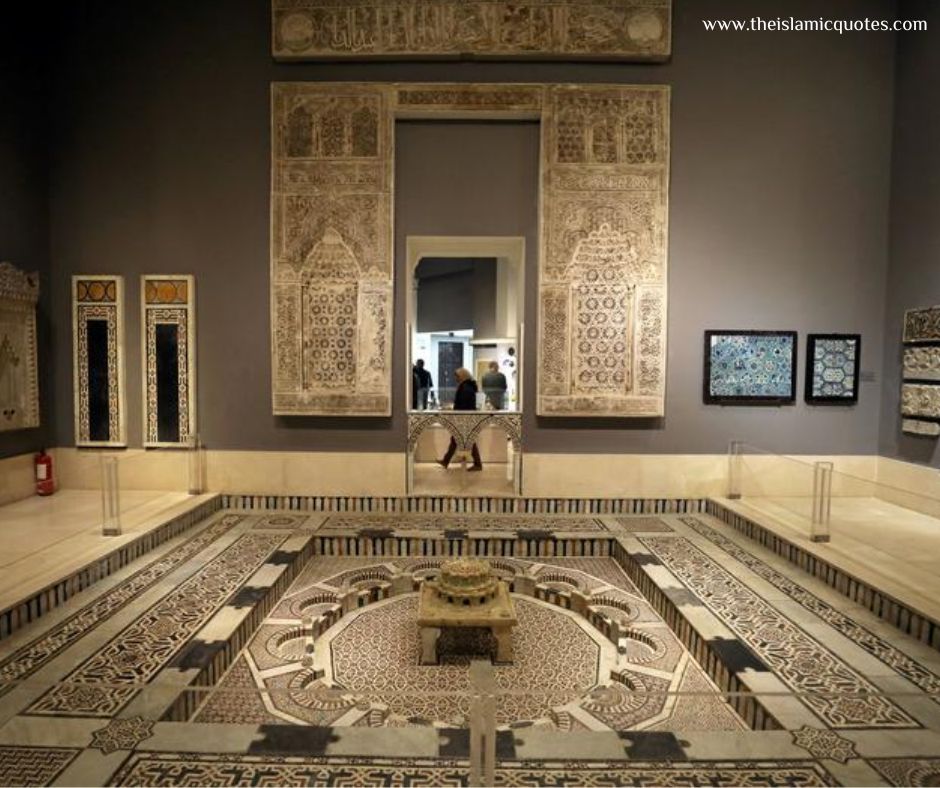
11. Wekalet El Ghoury:
Wekalet El Ghoury, located in the heart of Islamic Cairo, is a historic caravanserai that dates back to the 16th century. Originally built as a commercial center and guesthouse for merchants, it now serves as a cultural venue where visitors can experience traditional music and dance performances, particularly the famous Egyptian folk dance called “tanoura.” The stunning architecture of Wekalet El Ghoury, with its arched corridors and intricate details, adds to the charm of this cultural hotspot.

12. Gates of Cairo:
The Gates of Cairo are ancient entrances that once served as access points to the city’s fortified walls. These gates hold historical and architectural significance, reflecting different periods of Cairo’s history. Some notable gates include Bab Zuweila, Bab El Nasr, and Bab El Futuh. Bab Zuweila, dating back to the 11th century, is one of the most well-preserved gates and offers panoramic views from its minaret. These gates serve as reminders of Cairo’s rich past and architectural heritage.
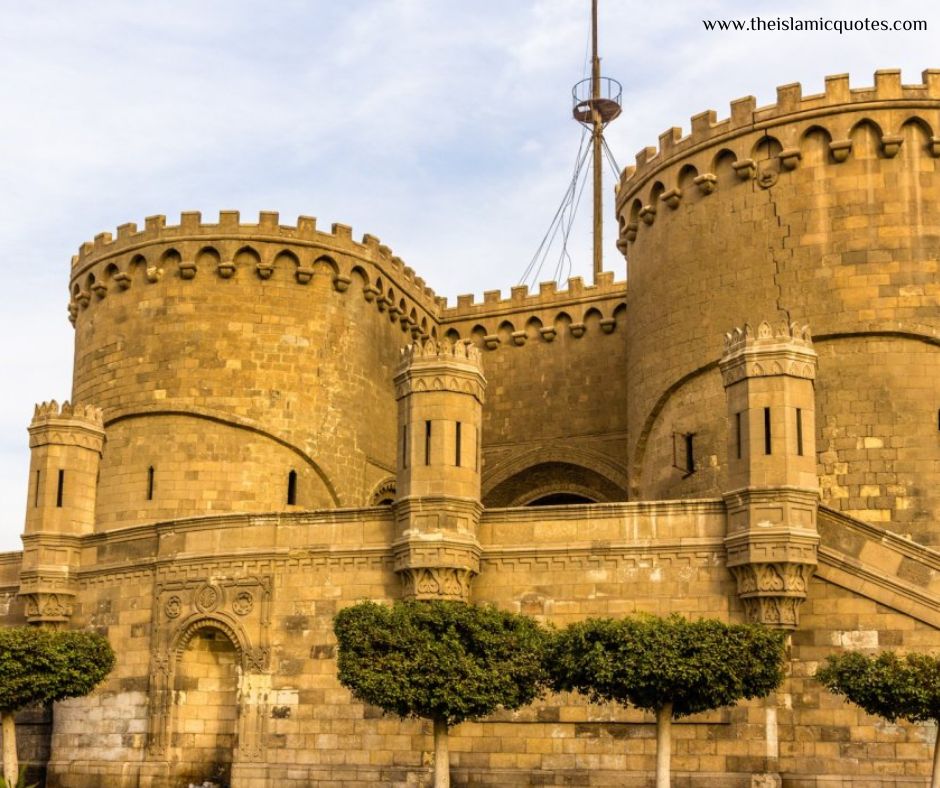
13. Madrasa of Sarghatmish:
The Madrasa of Sarghatmish is a stunning Islamic educational institution in Cairo, built during the Mamluk era in the 14th century. It was established by Sultan Al-Nasir Muhammad Ibn Qalawun and showcases intricate architectural designs, including elaborately decorated facades, domes, and a central courtyard. The madrasa served as a center for religious and academic learning, highlighting the importance of education in Islamic civilization.
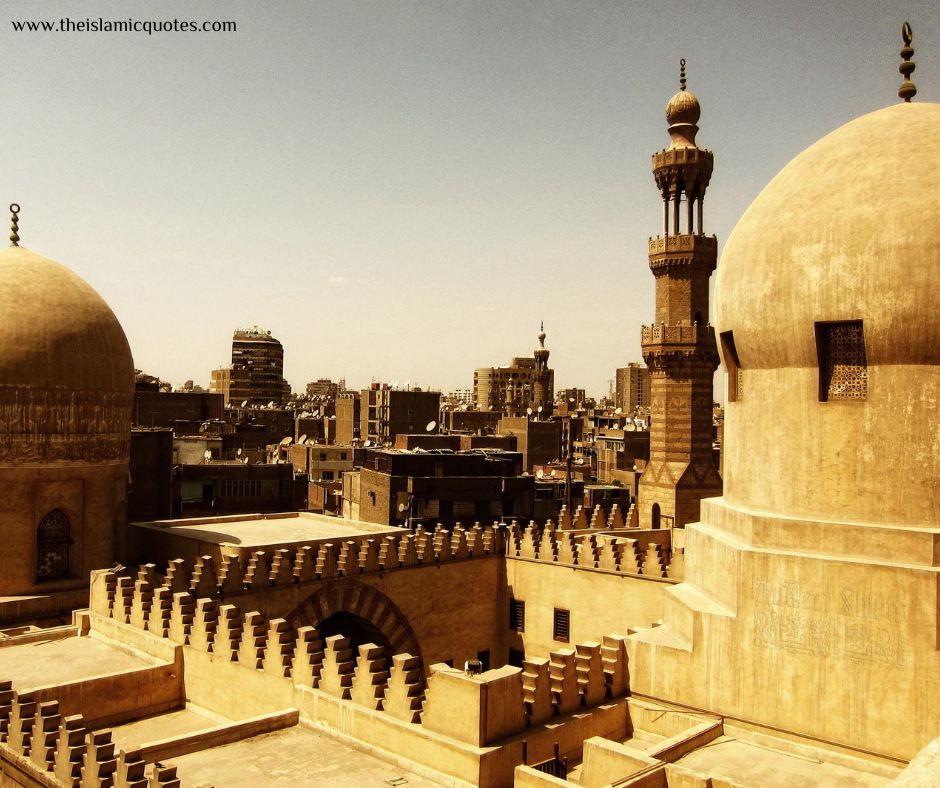
14. Amir Khayrbak Funerary Complex:
The Amir Khayrbak Funerary Complex is a mausoleum and religious complex located in Cairo. It was built in the 15th century for the amir (prince) Khayrbak, who served as the vice-regent during the reign of Sultan Qaitbay. The complex exhibits beautiful examples of Mamluk architecture, including ornate domes, marble decorations, and intricate carvings. It serves as a peaceful resting place and a testament to the grandeur of Mamluk funerary architecture.

15. Holy Shrine of Sayyida Zaynab:
The Holy Shrine of Sayyida Zaynab is a significant pilgrimage site for Muslims, particularly Shia Muslims, located in the Sayyida Zaynab neighborhood of Cairo. It is dedicated to Sayyida Zaynab, the granddaughter of Prophet Muhammad, who is revered for her role in Islamic history. The shrine holds great religious and cultural importance, attracting devotees who come to pay their respects and seek blessings. The site features a magnificent dome and intricate architectural details, reflecting the veneration accorded to Sayyida Zaynab.
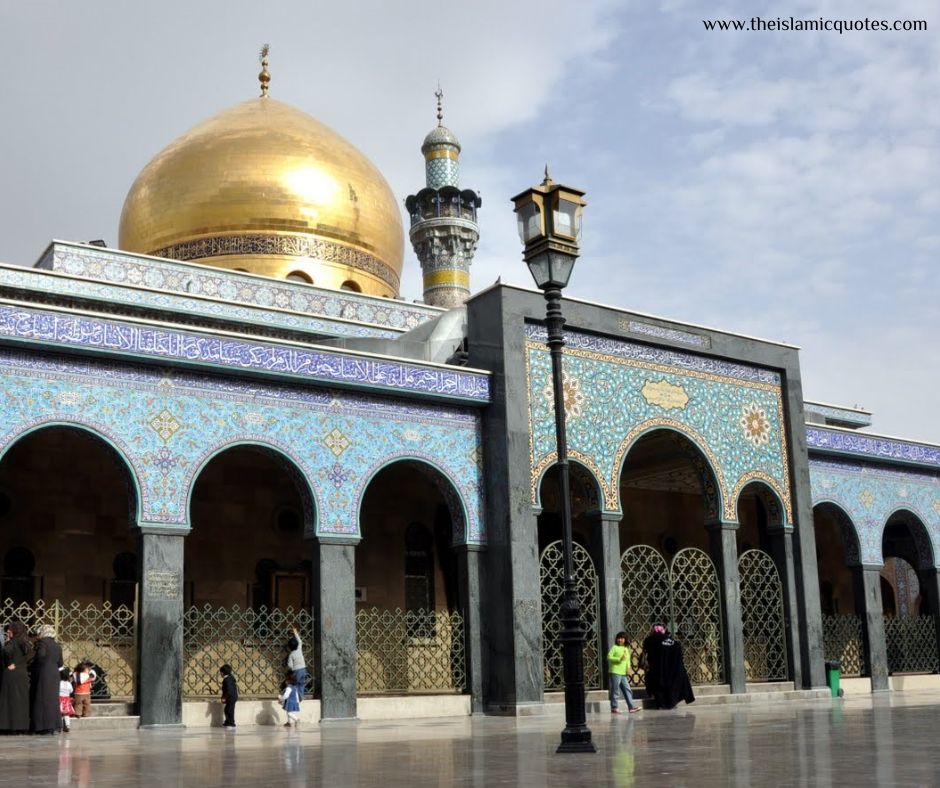
Concluding Remarks
These locations collectively contribute to the rich cultural and historical tapestry of Egypt, showcasing the country’s deep-rooted connection to Islamic heritage and providing visitors with a glimpse into the architectural brilliance and religious significance of the Islamic world.
Egypt’s significance in Islam cannot be overstated. It is a country that has witnessed the rise and spread of Islamic civilization, nurturing intellectual, spiritual, and cultural growth. From the founding of Al-Azhar University to its architectural wonders, Egypt remains an indelible symbol of Islamic heritage.
Its connection to the story of Prophet Moses and its contributions to Islamic art further underscore its place in the annals of Islamic history. As Muslims worldwide continue to seek knowledge, inspiration, and a deeper understanding of their faith, Egypt stands as a beacon, inviting them to explore its sacred lands and discover the treasures it holds.


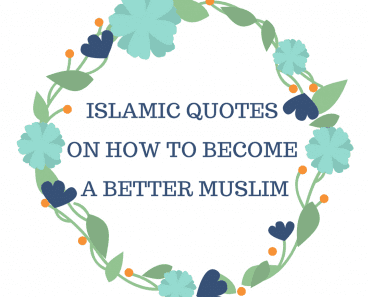



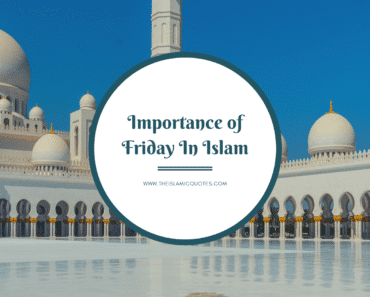
Muslim History is off there Nabi And Prophets I don’t see any history of Hazrat MUSA or HAZRAT Yousaf el Islam ? why